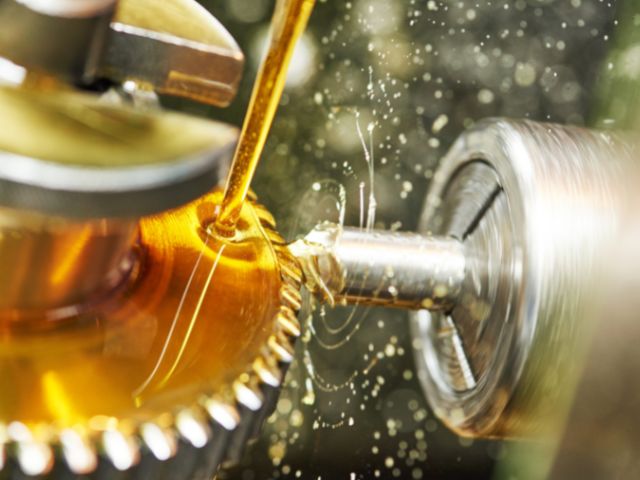

Selecting the right cutting oil based on your workpiece metal type and machining job can protect your tools and workpiece. Discover four reasons to use cutting oil in metal machining.
Cutting fluids lubricate a tool’s cutting edge, reducing friction where the device meets the workpiece. Higher friction levels increase energy consumption and accelerate tool wear, so using cutting oil as a lubricant helps save machining costs.
Reducing friction also minimizes heat generation. If left unchecked, excessive heat can ruin a workpiece and cause issues such as burning, thermal expansion, or unwanted chemical reactions like oxidation.
While cutting oil reduces heat generation, it cannot eliminate it. Cutting processes generate a lot of heat that can damage the work surface and your tool.
Cutting oil minimizes heat rapidly so metalworkers can machine pieces for longer periods without taking breaks. Improving heat management makes it safer to handle materials and improves metalworking efficiency.
Another reason to use cutting oil in metal machining is to flush the swarf away from the cut and surrounding area. The process of drilling metal produces waste chips or shavings, also known as swarf, and several factors affect the efficiency of swarf evacuation. The type of metal, drill bit, speed, and feed rate affect swarf generation and removal.
Inefficient chip evacuation is one of the most common drill bit problems. Swarf accumulation can also damage the workpiece, create messy drilled holes, and make the machining process take much longer. Cutting oil improves swarf management for better machining.
Finally, cutting fluid coats metal and protects it from reacting to external elements and corroding. When exposed to oxygen, the metal undergoes a natural chemical change, and this gradual deterioration can ruin tools.
Many things can cause corrosion, including high humidity, high temperatures, the cutting fluid’s pH, and the presence of bacteria. Combined with other preventative measures, the right cutting fluid adequately protects the workpiece.
24World Media does not take any responsibility of the information you see on this page. The content this page contains is from independent third-party content provider. If you have any concerns regarding the content, please free to write us here: contact@24worldmedia.com
